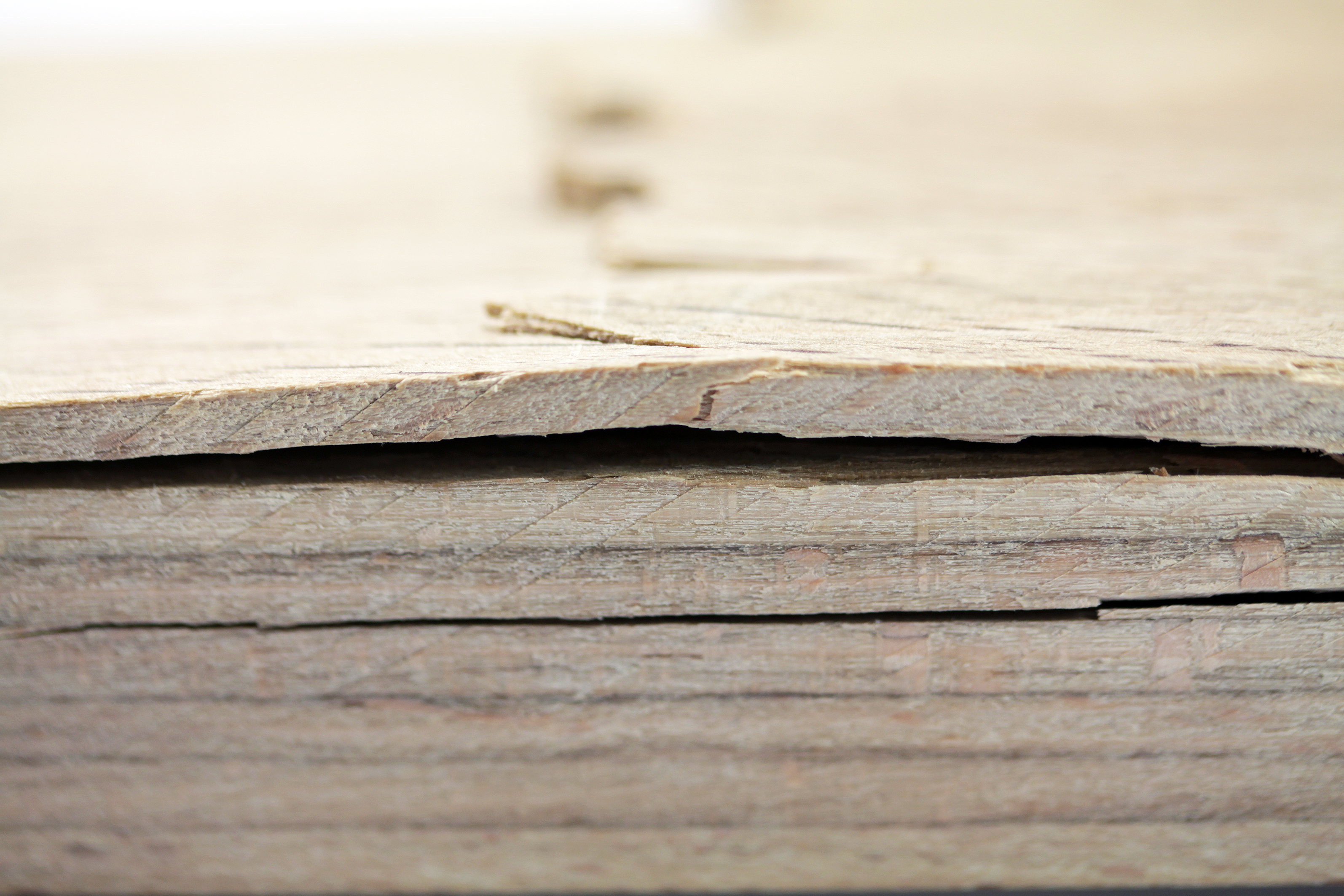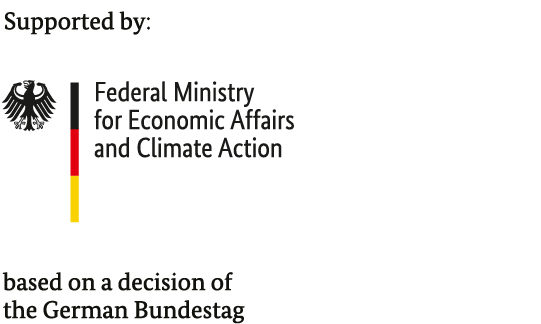Fraunhofer WKI develops practicable rapid-aging procedure for wood-based materials
Whether in buildings or vehicles, many load-bearing components can now be made from wood, in particular from bonded wood-based materials and hybrid materials. Their aging behavior, however, has not yet been sufficiently researched. Common methods for testing the durability in outdoor areas are either time-consuming or, as a result of their requirements, not relevant in practice. Both can lead to considerable cost increases for manufacturers and customers. In collaboration with the Department of Separating and Joining Manufacturing Processes (TFF) at the University of Kassel, researchers at the Fraunhofer WKI have therefore developed a realistic rapid-aging procedure that can be used, in particular, by small and medium-sized enterprises (SMEs).

The wood industry is faced with numerous challenges, including resource conservation and recyclability as well as the question as to how wood-based materials adapt to climatic changes. How durable are wood-based materials and wood-hybrid materials in outdoor areas? The aging procedures applied up until now to answer this question are often very protracted and prolong the time leading up to approval. This is where the researchers at the Fraunhofer WKI, in collaboration with the University of Kassel, came to the fore: They have developed a mechanical-climatic rapid-aging procedure for wood-based materials that is less complex in terms of equipment than established processes.
“In particular, SMEs in the wood industry need practicable and economical solutions in order to improve their product development and testing. In our “TimberAge” project, we have developed a procedure that significantly shortens the testing process for wood-based materials and, as a result, reduces the economic pressure on SMEs. Through the development of a faster and more realistic testing procedure, companies can bring their products to market more quickly. This is particularly important in a highly competitive environment in which time and costs are decisive factors,” explained Dr. Steffen Sydow, Project Manager at the Fraunhofer WKI.
The project pursued an interdisciplinary approach in which mechanical and climatic stresses were combined. This allows aging processes to be simulated more realistically. Through optimization of the test procedures, the necessity to oversize the products is reduced. This not only means cost savings for SMEs, but also conserves resources.
The new method for accelerating the aging of wood-based materials is a significant advancement in the field of materials testing. Through the realistic simulation of swelling and shrinkage in combination with an acid-buffered aging medium and repeated drying and freezing periods, the long-term behavior of wood-based materials can be evaluated considerably faster than with previous standard methods. The mechanical characteristic values are thereby utilized as a basis for comparison. Of particular relevance here is the combination of different aging factors that wood-based materials and adhesives have to withstand throughout their entire life cycle, but which have not been adequately mapped in previous aging variants.
This method is supplemented by a specially developed, cost-effective device for the dynamic mechanical loading of wood-based materials. The device enables cyclic loading with a high number of repetitions (up to several hundred thousand cycles) and, furthermore, opens up fundamental possibilities for the additional superimposition of moisture cycles. This enables destructive material testing with regard to tensile shear strength and three-point bending (strength and modulus) subsequent to the aging of the bond. Accelerated testing significantly reduces development times and enables a more realistic assessment of material performance throughout the life cycle – a decisive factor in the development of durable, sustainable products.
The rapid-aging procedure can be used in many areas of industry: from quality assurance, through the development of moisture- and load-resistant wood-based materials, and on to the optimization of products for use in outdoor areas, for example in the construction of façades, patios or vehicles. Furthermore, the simple and economical design of the testing devices allows them to be used within the customer’s own company. As a result, dependence on external testing service providers is reduced and costs are lowered. Overall, the procedures and devices developed provide a valuable contribution towards strengthening the innovative strength and competitiveness of SMEs in the field of wood-based-material technology.
Last modified:
 Fraunhofer Institute for Wood Research
Fraunhofer Institute for Wood Research 